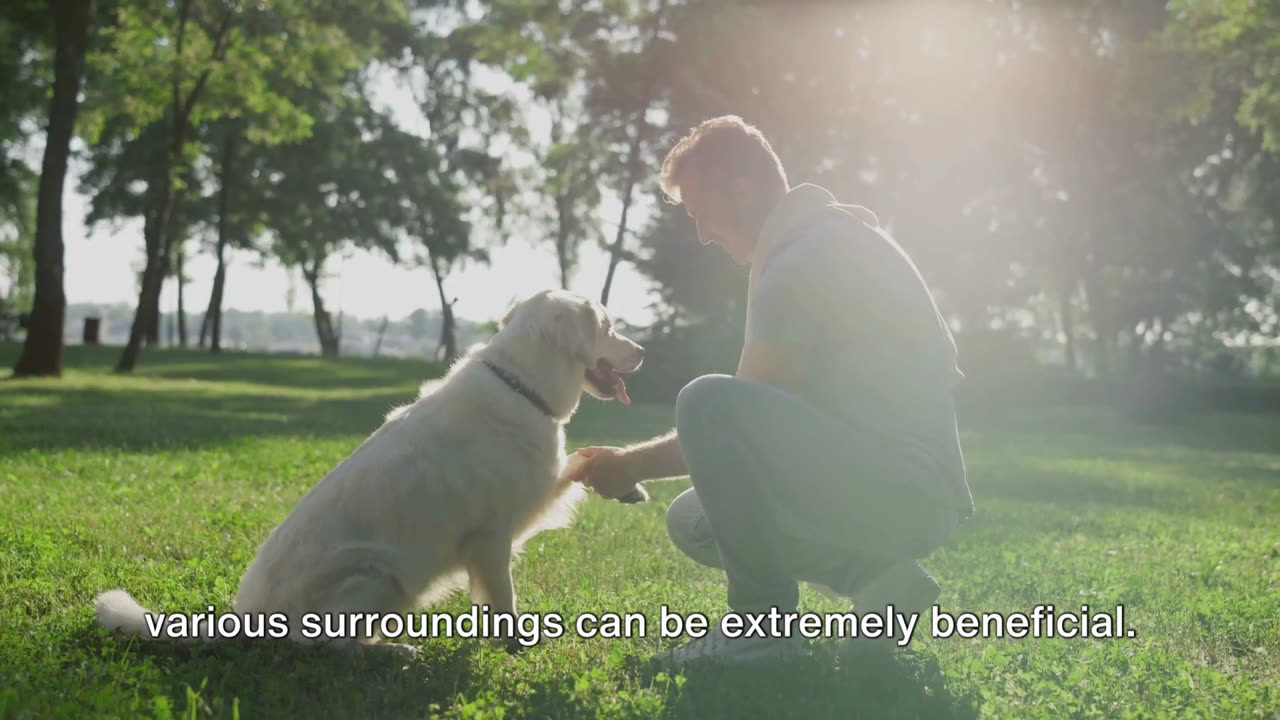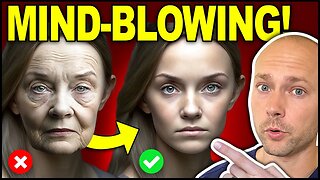Premium Only Content

Proven Techniques for Obedient dog Companions
Fundamentals of dog training techniques:
1. **Positive Reinforcement**:
- Positive reinforcement is a training technique that rewards desired behaviors with treats, praise, or toys.
- It strengthens the bond between the dog and the owner by creating a positive association with good behavior.
- This technique encourages dogs to repeat behaviors that earn rewards, making it effective for teaching commands and shaping desired behaviors.
- Positive reinforcement is based on the principles of operant conditioning, focusing on rewarding behaviors rather than punishing unwanted behaviors.
- It can be used to train dogs of all ages and breeds and is particularly effective for building confidence in shy or fearful dogs.
2. **Clicker Training**:
- Clicker training is a form of positive reinforcement that uses a small device called a clicker to mark desired behaviors.
- The clicker emits a distinct sound, signaling to the dog that they have performed the correct behavior and will receive a reward.
- Clicker training allows for precise timing, making it effective for shaping complex behaviors and capturing split-second actions.
- It helps dogs understand exactly which behavior is being rewarded, leading to faster learning and clearer communication between the dog and the trainer.
- Clicker training is widely used in obedience training, agility, and other dog sports due to its versatility and effectiveness.
3. **Marker Training**:
- Marker training is similar to clicker training but uses verbal markers such as "yes" or "good" instead of a clicker.
- Verbal markers serve the same purpose as a clicker, signaling to the dog that they have performed the correct behavior and will receive a reward.
- Marker training allows trainers to communicate with their dogs from a distance and in various environments where using a clicker may not be practical.
- It can be combined with other training techniques, such as luring and shaping, to teach complex behaviors and improve obedience.
4. **Lure and Reward**:
- Lure and reward training involves using a treat or toy to guide the dog into performing a desired behavior.
- The trainer uses the lure to attract the dog's attention and guide them into the desired position or action, such as sitting or lying down.
- Once the dog performs the desired behavior, they are rewarded with the treat or toy, reinforcing the behavior.
- Lure and reward training is effective for teaching basic obedience commands and shaping behaviors in young or inexperienced dogs.
- It should be accompanied by fading the lure gradually, so the dog learns to respond to verbal cues rather than relying on the presence of a lure.
5. **Capturing Behavior**:
- Capturing behavior involves rewarding the dog for spontaneously performing a desired behavior without any prompting from the trainer.
- The trainer observes the dog closely and rewards them immediately when they exhibit the desired behavior, such as sitting or shaking paws.
- Capturing behavior relies on timing and patience, as the trainer must be ready to reward the behavior as soon as it occurs.
- This technique is particularly effective for shaping behaviors that occur naturally and can be difficult to train using other methods.
6. **Shaping**:
- Shaping is a training technique that involves gradually molding a desired behavior by rewarding successive approximations of that behavior.
- The trainer breaks down the desired behavior into small, achievable steps and rewards the dog for each step towards the final behavior.
- Shaping requires patience and consistency, as the trainer must be able to recognize and reward small improvements in the dog's behavior.
- It is an effective technique for teaching complex behaviors, such as agility obstacles or tricks, by building upon the dog's existing skills and abilities.
7. **Desensitization and Counterconditioning**:
- Desensitization and counterconditioning are techniques used to modify a dog's emotional response to a particular stimulus, such as loud noises or strangers.
- Desensitization involves gradually exposing the dog to the stimulus at a low intensity, allowing them to become accustomed to it over time.
- Counterconditioning involves pairing the presence of the stimulus with something the dog enjoys, such as treats or play, to create a positive association.
- These techniques are often used to help dogs overcome fears, anxieties, and phobias by replacing negative emotions with positive ones.
-
 1:12:14
1:12:14
The Officer Tatum
3 hours agoCharlie Kirk Investigation, Kamala Harris RETURNS To Spotlight + More | EP 174
16.8K49 -
 2:10:29
2:10:29
Pop Culture Crisis
4 hours agoJimmy Kimmel's Return FOILED, YouTube ADMITS Censorship, Sabrina Carpenter HATES America | Ep. 921
10.9K2 -
 LIVE
LIVE
LFA TV
19 hours agoBREAKING NEWS ALL DAY! | TUESDAY 9/23/25
1,070 watching -
 LIVE
LIVE
freecastle
6 hours agoTAKE UP YOUR CROSS- Fighting for What Is RIGHT | Calibrating the Moral Compass
115 watching -
 1:04:49
1:04:49
vivafrei
5 hours agoOstriches on the Verge of Slaughter! Democrats Shill for Tylenol! Kimmel Wars & MORE!
168K42 -
 1:23:13
1:23:13
The Quartering
5 hours agoYoutube ADMITS Censorship & Will Restore Accounts, Liberals Vs Tylenol, Kimmel Pulled AGAIN!
160K50 -
 1:21:10
1:21:10
Awaken With JP
1 day agoJimmy Kimmel is back, Autism-phobia, Charlie Kirk's Memorial - LIES ep 109
59K36 -
 9:07
9:07
Dr. Nick Zyrowski
15 days agoWhat Collagen REALLY Does in Your Body
15.5K4 -
 4:25:06
4:25:06
Right Side Broadcasting Network
8 hours agoLIVE REPLAY: President Trump Participates in Bilateral Meetings in NYC - 9/23/25
82.9K20 -
 2:44:00
2:44:00
Barry Cunningham
5 hours agoPRESIDENT TRUMP HOLDS MEETINGS AT THE UNITED NATIONS!
51.7K15